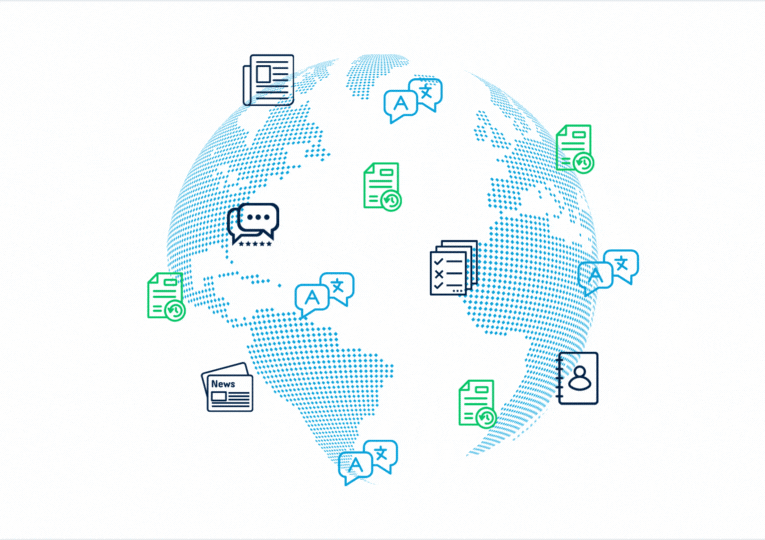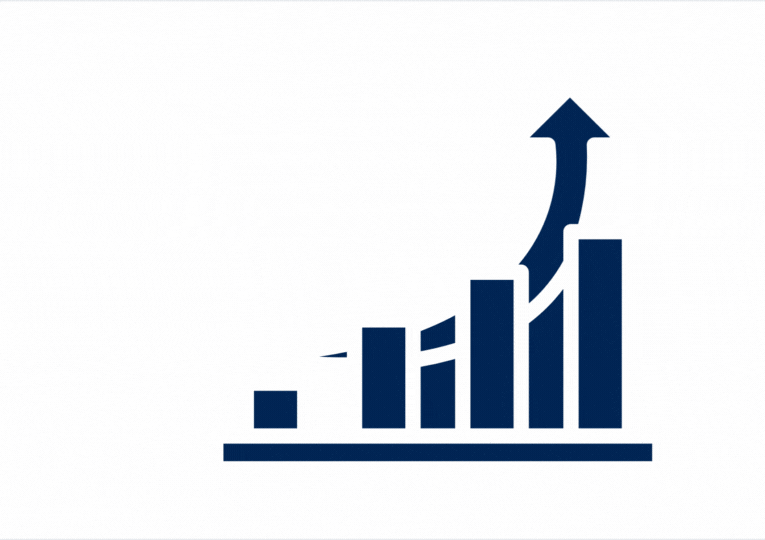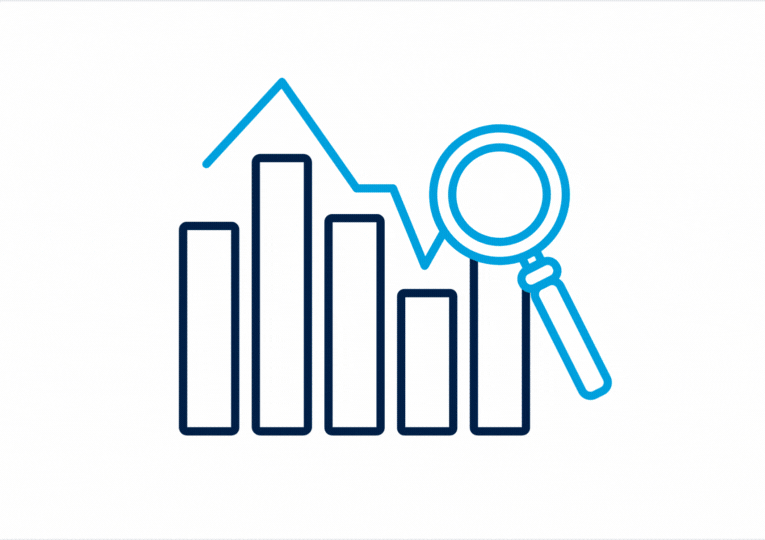Adverse Media Monitoring
Adverse Media Monitoring
Want to monitor third parties for adverse media? Owlin helps you make well-informed decisions and mitigate risk. Discover how we make sure you get all the crucial signals.
We can monitor every company with an online footprint for adverse media
Owlin for Adverse Media Monitoring Allows You To:

Gather Insights From Over 3 Million News Sources in 17+ Languages in near real-time
Our state-of-the-art algorithms continuously monitor for adverse media across languages such as English, Spanish, Portuguese, Chinese, Russian, French, Dutch, German, Polish, Italian, Danish, Swedish, Arabic, Turkish, Japanese, Korean, and more.

Set-up Custom Risk Notifications
Stay ahead of emerging risks with Owlin’s tailored alerts for adverse media. You can receive notifications via push alerts or a convenient daily or weekly newsletter.

Quickly Assess Your Whole Portfolio
Owlin allows you to effortlessly evaluate your portfolio’s risk by dynamically ranking it according to various risk factors such as financial, compliance, regulatory, operational, and reputational risks.

Continuously Monitor For Adverse Media
Conducting regular assessments on hundreds or thousands of companies in your portfolio is challenging and time-consuming, mainly when it involves timely global adverse media monitoring. With Owlin’s tool, your team will enjoy automated adverse media monitoring and receive alert notifications 24/7.
Frequently Asked Questions About Adverse Media Monitoring
What’s the difference between adverse media screening and adverse media monitoring?
Adverse media screening involves checking a person or entity for adverse news before being onboarded. In contrast, adverse monitoring refers to the ongoing media checks on third parties after onboarding, continuously tracking new developments. Both processes are crucial for managing risk and ensuring compliance throughout the lifecycle of a business relationship.
What are examples of adverse media?
The definition of adverse media can vary depending on the organization and the potential impact of a threat. Common risk signals organizations should be aware of include:
Operational Risk.
When third-party vendors or service providers cause disruption or inefficiency issues, we call this operational risk. A news article about a significant data breach compromising a company’s systems and operations could indicate this.
Compliance Risk.
Non-compliance with laws, regulations, or industry standards due to third-party actions indicates compliance risk. An article indicating regulatory violations or non-compliance with industry standards could signal this risk.
Reputational Risk.
Damage to an organization’s reputation due to third-party misconduct or adverse events. A significant data breach compromising customer privacy is a typical example.
Information Security Risk.
Data breaches, unauthorized access, or loss of sensitive information due to inadequate security measures indicate information security risks. News of a successful cyber-attack resulting in a data breach could indicate this risk.
Financial Risk.
These are losses, fraud, or improper financial practices resulting from third-party actions or instability. An example of adverse media signaling financial risk is an article about a significant decline in a company’s financial performance, such as a sharp drop in revenue.
Supply Chain Risk.
When disruptions, quality issues, or unethical practices originate from third-party suppliers, we call this supply chain risk. A news report about a supply chain disruption due to a natural disaster or a major supplier’s financial trouble illustrates this risk.
Legal Risk.
Legal risk occurs when legal disputes, litigation, or regulatory actions arise from third-party activities. A lawsuit or regulatory investigation intercompany could be an example of legal risk.
How can technology help organizations monitor for adverse media?
Organizations can harness technological advancements like AI-driven tools and Natural Language Processing (NLP). These technologies facilitate the analysis of vast amounts of global data, enabling companies to proactively identify and mitigate potential risks in near real-time.
Want to see Owlin in action?
Learn more about our solutions and see how we can help your business.
We look forward to meeting you.













